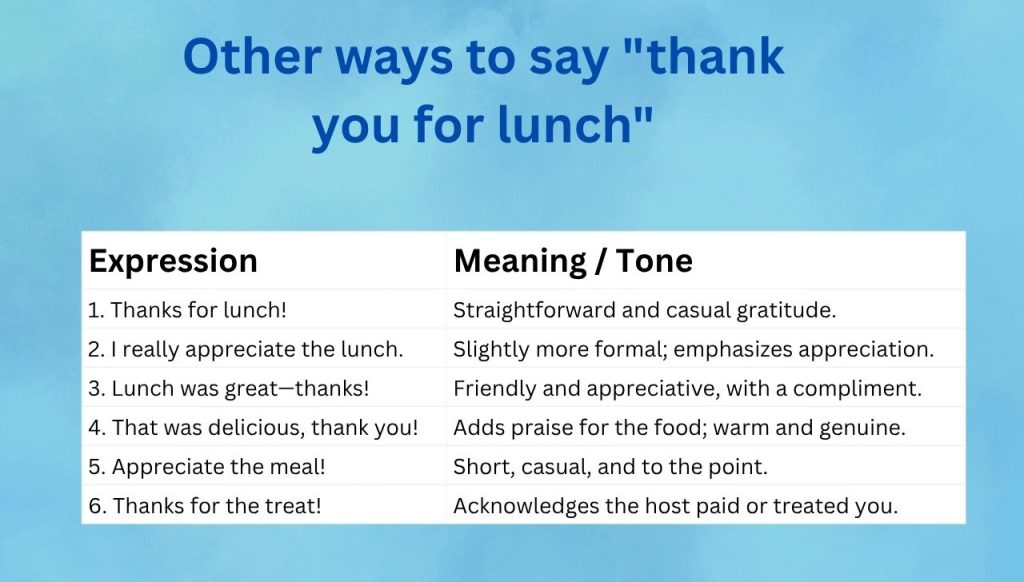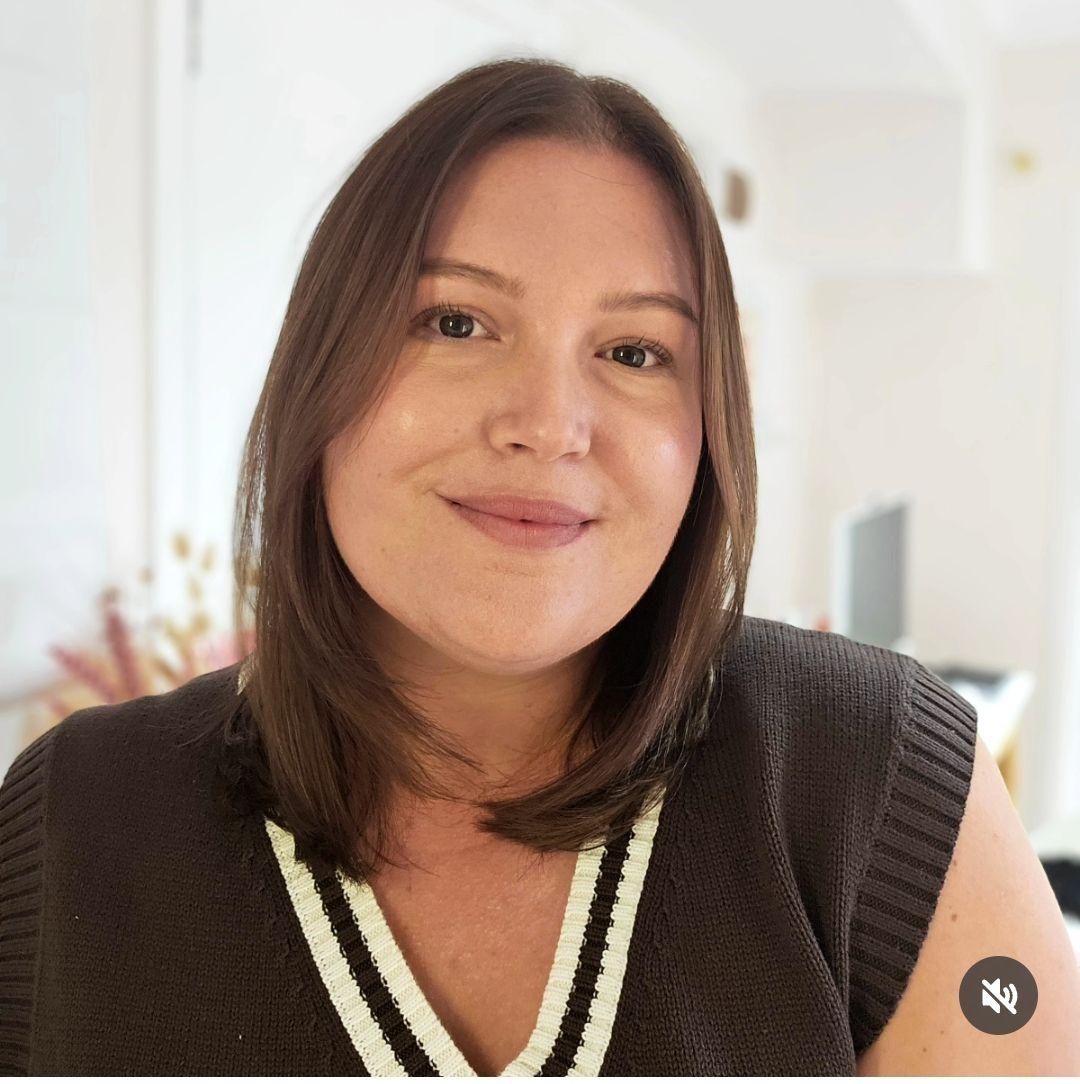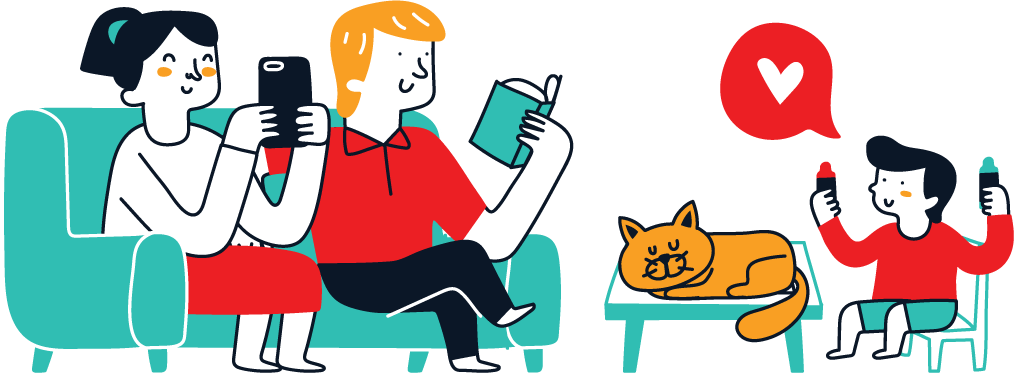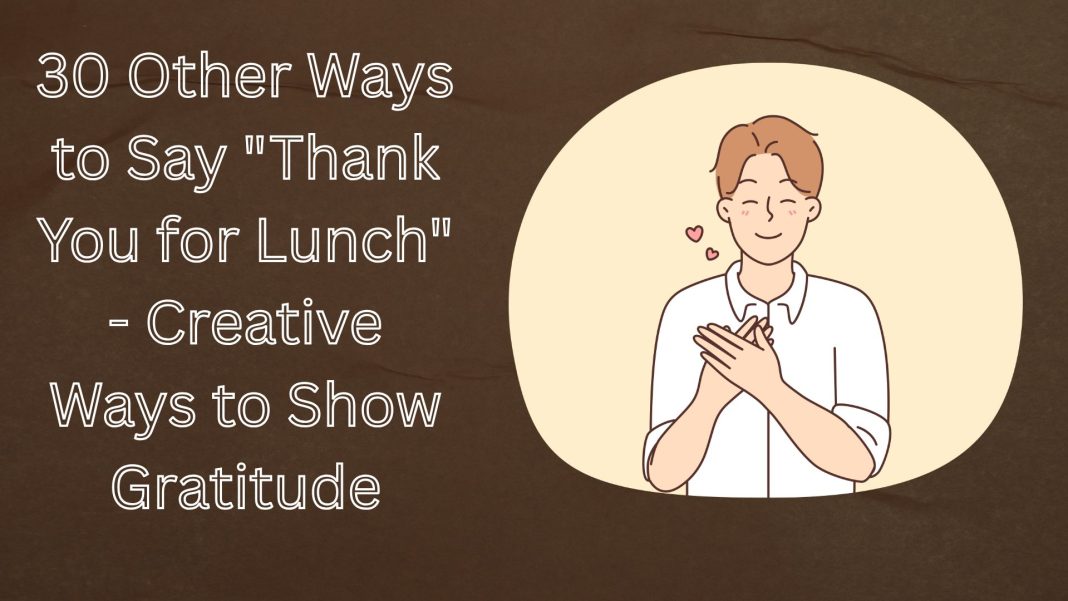Saying “thank you for lunch” is polite, sure—but let’s be honest, it can feel a little flat after the tenth time. Whether someone treated you to sushi downtown or whipped up homemade pasta, the gesture deserves more than a routine reply. So why not mix it up? There are plenty of creative, warm, and even playful ways to express gratitude that feel more personal. From clever one-liners to heartfelt messages, adding a little flair to your thanks can leave a lasting impression—and maybe even earn you an invite to the next meal.
“Thank you for lunch” Meaning
It’s not just about the food—it often implies appreciation for the time spent, the conversation, or the gesture itself. So, depending on the tone or situation, it might carry warmth, professionalism, or even subtle gratitude for hospitality.
The phrase “thank you for lunch” is a simple, polite way of expressing gratitude to someone who provided or paid for a meal, usually lunch.
A few quick contexts:
- After a business lunch: It’s a courteous way to acknowledge the gesture, especially if a colleague or client covered the bill.
- Among friends or family: It shows appreciation, even if the setting is casual.
- In writing: It might be used in a follow-up message or email, like:
“Thanks again for lunch today—great catching up!”
When to use “thank you for lunch”
“Thank you for lunch” is one of those simple, polite phrases that’s easy to overlook but says a lot—when used at the right moment. So when should you say it?
1. Right After the Meal
This is the most obvious one. If someone invited you out, paid for your meal, or even just hosted you at their place, you’d typically say:
- “Thanks for lunch—it was excellent.”
- “Thank you for lunch! That was such a treat.”
It’s a way of acknowledging both the gesture and the time shared. Simple, warm, and appreciated.
2. In a Follow-Up Message
If it was a work lunch or something more formal, sending a short email or text later the same day is a nice touch:
“Thanks again for lunch today—really enjoyed our chat and appreciated the time.”
This works well when you want to reinforce gratitude and keep the relationship going, whether personal or professional.
3. When You’re Recapping the Day
Let’s say you’re talking to a mutual friend or coworker about the day—mentioning the lunch and thanking the host in the same breath makes it feel genuine:
We had lunch with Jordan—he picked up the bill. I thanked him, of course.”
It’s less direct, but still socially savvy.
4. Even If It Was Informal
Even if someone threw a couple of sandwiches or heated up leftovers and you two ate together, it still counts. The phrase doesn’t require a fancy setting. It’s more about the shared moment.
Why to say “thank you for lunch”
Saying “thank you for lunch” might seem simple, but it carries much weight. It’s not just about politeness—acknowledging effort, showing respect, and strengthening relationships.
1. Gratitude builds connection
Whether someone cooked for you, picked up the tab, or shared their time, expressing thanks shows you noticed and appreciated it. It’s a small gesture that makes people feel seen—powerful.
2. It respects time and effort
Lunch doesn’t just happen. Someone made a plan, spent money, or carved out time in their day. Saying “thank you” is a nod to that effort. Acknowledging it goes a long way even if it was casual or routine.
3. It keeps social norms alive (in a good way)
We’re all busy. It’s easy to forget the basics. But those basics—like saying thanks—keep everyday kindness circulating. It sets a tone: “I don’t take you for granted.”

Other ways to say “thank you for lunch”
| Expression | Meaning / Tone |
|---|---|
| 1. Thanks for lunch! | Straightforward and casual gratitude. |
| 2. I really appreciate the lunch. | Slightly more formal; emphasizes appreciation. |
| 3. Lunch was great—thanks! | Friendly and appreciative, with a compliment. |
| 4. That was delicious, thank you! | Adds praise for the food; warm and genuine. |
| 5. Appreciate the meal! | Short, casual, and to the point. |
| 6. Thanks for the treat! | Acknowledges the host paid or treated you. |
| 7. I owe you one—lunch was awesome! | Playful and grateful; suggests reciprocation. |
| 8. That hit the spot—thanks! | Informal, conveys satisfaction with the meal. |
| 9. Much obliged for the meal. | Formal or slightly old-fashioned, still respectful. |
| 10. Thank you for the lovely lunch. | Polite and warm; a touch of charm. |
| 11. I’m grateful for the lunch. | Sincere and slightly more heartfelt. |
| 12. You didn’t have to, but thank you! | Shows appreciation while acknowledging the kindness. |
| 13. Thanks a ton for lunch. | More enthusiastic than “thanks.” |
| 14. Cheers for lunch! | British/Irish casual tone, friendly. |
| 15. Thank you so much for lunch. | Emphasizes gratitude. |
| 16. I appreciate you treating me. | Directly thanks the person for paying or hosting. |
| 17. That was a fantastic meal—thank you! | Praise and gratitude bundled together. |
| 18. Thanks for taking the time to do lunch. | Grateful for their time, not just the food. |
| 19. It was such a nice lunch—thanks! | Adds a social/emotional tone. |
| 20. Thank you for feeding me! | Lighthearted and humorous. |
| 21. Big thanks for lunch today. | Casual, but with emphasis. |
| 22. That was a real treat—thank you! | Implies specialness and pleasure. |
| 23. You’re too kind—thank you for lunch. | Gracious, leans formal or heartfelt. |
| 24. Thank you for the amazing company and lunch. | Combines social gratitude with the meal. |
| 25. So thoughtful of you—thanks for lunch! | Emphasizes the gesture more than the food. |
| 26. Loved our lunch—thanks again! | Personal and warm, possibly after a catch-up. |
| 27. Thanks for having me over for lunch. | Good for home or informal settings. |
| 28. That lunch was everything—thank you! | Enthusiastic and slightly dramatic (fun tone). |
| 29. Really grateful for today’s lunch. | Slightly formal, heartfelt. |
| 30. Couldn’t have asked for a better lunch—thanks! | Expresses full satisfaction and gratitude. |
Conclusion
Gratitude doesn’t have to sound scripted. A little creativity can turn a simple thank-you into something memorable and meaningful. Whether you’re texting a quick note or saying it in person, tailoring your response shows you noticed the effort—and that matters. So next time someone picks up the tab or sets a plate in front of you, let your thank-you reflect the flavor of the moment.

Grammar Nerd, ESL Trainer, Low-Key Comma Crusader
Daniel has taught English for over a decade, from small community classes in Oaxaca to bustling university halls in London. He has a knack for turning even the driest grammar points into relatable, real-life language tools—think fewer red pens, more real talk. He co-founded Grammation to make grammar less gatekeeper-y and more global. When he’s not decoding sentence structures, he’s probably hiking with a paperback novel or adding unnecessary hyphens for fun.
“The rules of grammar should empower people—not trip them up.”


